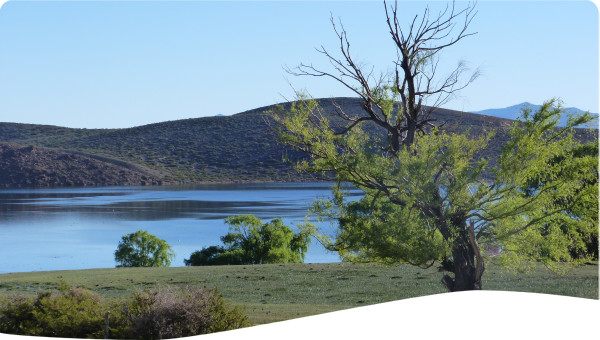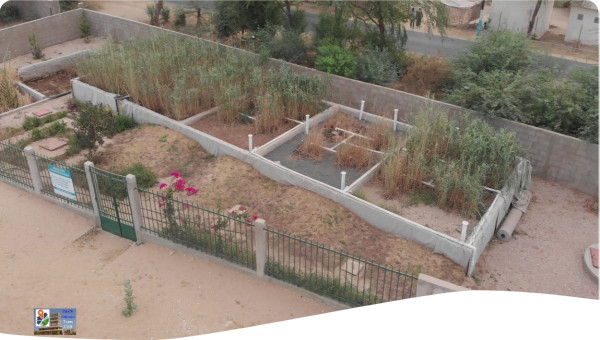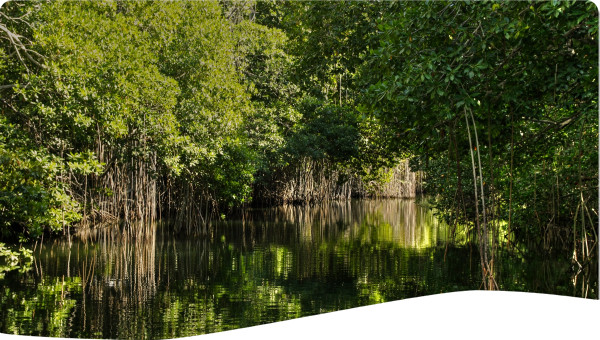 Tool -
Tool -
Water-related ecosystems possess enormous biological, social, educational, and economic value and play an integral role in achieving the Sustainable Development Goals. The recognition, understanding, and valuation of ecosystem services provided by water-related ecosystems is important to their sustainable management and use. Tool C2.04 on ecosystem assessment explains the relevance of assessing ecosystems to maintain their health and thereby the services they provide, and Tool C5.04 provides perspectives on Valuing Water.
In the 1990s, the conversation around ecosystem services focused increasingly on assigning these services an exchange value and incorporating them into the economic models. This helped make the case for their protection and restoration and allowed for an integration of the value of ecosystems into project planning and policy decision-making. At the same time, increased attention was put on the development of market-based instruments for environmental protection and conservation. In this context, PES appeared as a promising approach for ecosystems management and have since gained broad traction).
PES are generally defined as voluntary transactions in which payments are received for the provision of well-defined ecosystem services. An important characteristic is additionality i.e., the payment causes the benefit to occur where it would not have otherwise. PES is an economic instrument that can be used as a tool for managing environments in a way that sustains their ecological services. PES can be used to incentivise good management practices, such as organic farming, tree-planting, or catchment-protection.
One example of PES would be when “upstream landowners receive payments from downstream water users (businesses, local authorities, consumers, etc.) in exchange for water treatment and pollution filtration performed by forest cover or wetlands.” (Piermont and Thievent, 2013: 7) Other examples may include payments for watershed protection, carbon sequestration, habitat preservation for biodiversity, landscape beauty, or fertile forest soils.
PES take place at the ecosystem level and need to be facilitated between the land users and end users of the service. The funding for PES may be provided by governments, international agencies, local communities, water companies, hydro-power producers, flood protection agencies, or private companies, depending on the type of benefits expected and their impact. In some cases, the cost can be passed on to final consumers (e.g., through a higher price of products cultivated organically or sustainably).
Some of the common challenges of PES schemes that have been identified, in particular in the two reports Payments for Ecosystem Services Getting Started: A Primer and BIODIV’2050: Mission Économie de la Biodiversité, can be broadly classified as environmental, economic and ethical considerations.
Environmental effectiveness:
- One of the main challenges of establishing payments for ecosystem services is assessing and quantifying the existence and special distribution of ecosystem services.
- A second is the possibility of leakage, which is when the practices in one ecosystem lead to knock-on effects in another ecosystem.
- The major uncertainty the prevails in the science of ecosystem response also posses in a significant constraint in establishing PES.
- Economic efficiency:
- PES is usually provided within the framework of opportunity cost (i.e. what would happen if this service was not provided). This is a challenge when the service would be provided regardless of payments.
- A challenge also exists if the payments are less than the opportunity cost of changing to less sustainable practices.
- Additional costs are established by PES for setting up the initial assessments, as well as the monitoring of contractual obligations.
- Ethical considerations:
- Recognising that although PES constitute an economic exchange for good and services, ecosystems have intrinsic value beyond the economic.
The guide Payments for Ecosystem Services Getting Started: A Primer, developed by UNEP (2008) and partners outlines a step-by-step approach for developing PES from the assessment of ecosystem services and institutional capacity to the structuring and implementation of agreements. The four steps are illustrated in Figure 1.
Figure 1: Steps for developing PES (Adapted from UNEP, 2008)
Further very noteworthy guidance includes that provided by the Water Funds Toolbox developed by The Nature Conservancy. Water Funds are a model PES approach to the protection of water sources, bringing together stakeholders, and through which municipal utilities, businesses and water users invest in the source of their water upstream. First established in Quito, Ecuador, in 2000, Water Funds is an approach which has gained strong momentum over the past 10 years.
Figure 2: Water Funds, a type of PES scheme (Adapted from TNC, 2021)
The Water Funds Toolbox provides guidance and materials that are applicable to thinking about PES more broadly. It includes in particular:
- Awareness raising material, including videos and briefing packages.
- A step-by-step guide and a curriculum on setting up Water Funds.
- Case studies from experiences.
Experience with PES shows that it is most likely to succeed where the following conditions are present:
- There is a clear demand (need) for ecosystem services, which have financial value to one or more stakeholders;
- Provision of ecosystem services is threatened;
- Specific resource management actions offer feasible solutions;
- Effective brokers or intermediaries exist;
- Resource tenure is clear and contracts can be enforced;
- Outcomes of actions can be independently monitored and evaluated.





